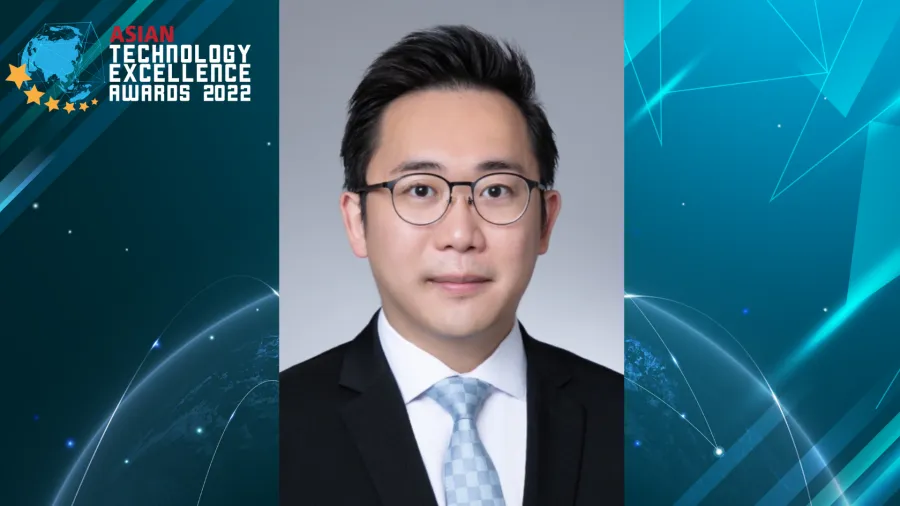
Digital transformation and innovation take charge
Choosing the right steps is important for the TMT industry, says RSM’s Jason Yau.
Since joining RSM in 2004, Jason Yau established himself as a professional advisor for global business. Due to his unique cultural background, Jason deeply understands the intricacies of the Western-Eastern culture and strives to provide practical solutions to his clients in resolving complex business challenges. Since relocating to Asia in 2012, Jason established himself as one of the leading professionals in the Technology and Management Consulting (TMC) field, strengthening the RSM brand in Asia-Pacific and driving RSM’s vision to be the adviser of choice to the middle market globally.
Originally based at RSM New York providing audit and consulting services to financial institutions and asset management companies, Yau now heads up RSM Asia Pacific as the Regional Leader, implementing global strategy within the region, including brand, client service, marketing, business development, training, service offerings and succession planning.
As an upcoming judge in the Asian Technology Excellence Awards 2022, Asian Business Review sat down with Yau to trade insights on his experiences in the industry and pieces of advice he can give for companies starting their digital transformation journey.
What are your career milestones from your experience as an Information Technology Professional and what advice would you give to aspiring IT professionals?
My biggest career milestone as an IT professional was to build our Technology Consulting department from scratch here in Hong Kong. RSM is one of the largest accounting global organisations in the world with over US$7b in turnovers and 51,000 professionals. Our firm was still largely focusing on auditing, tax and risk advisory services when I joined in 2016. At the time I saw the opportunity to assist our firm and our clients in embarking on the journey of digital transformation, and it requires a lot of business explanation in laymen’s terms and non-IT language, to help our partner's group in understanding the possibilities of cloud transformation and potential consulting services we can offer. Until today our team’s differentiator is to be able to speak the same business language as our client and explain complex IT concepts to non-IT professionals.
I was a computer science major in university before switching my major to accounting and information systems during the 3rd year of my college life, as the US job market was suffering from the Dot-Com Bubble at the time. The on-the-job training and experience in an accounting firm have provided me with a strong business foundation which allows me to help bring the IT and non-IT things together. I do not think I would have been able to build the Technology Consulting department and get the support from my partners if I was a pure IT professional without the understanding and knowledge of the non-IT aspects of running a business and serving clients. As such, my advice for all IT professionals is to get exposure to different aspects of a business, find a specific focus area to build up the functional knowledge (it could be accounting, finance, supply chain etc) and understand how we can truly generate values for business through our work in IT.
What are the biggest challenges in implementing digital transformation in any business? How should companies approach these challenges?
In the digital transformation world, we have four pillars which sum up the key foundational elements for a project – people, process, technology and data. To me, the two biggest challenge is getting the people to buy into the future vision and streamlining the process to align with the technology. A digital transformation project should not be solely handled by the IT department, as any new technology implemented will undoubtfully impact a lot of aspects of the business, whether it's accounting, customer services, marketing etc. Companies should allow non-IT employees to engage in the digital transformation project at a much earlier stage to provide an opportunity to improve their current day-to-day work and also have a say in whether the chosen technology fits their needs or not.
What recent developments have your clients been working on? Any trends that you have noticed or you would like to share with us?
Many of our clients have been working on finance transformation and automation processes through a decentralised approach. The old days of using one ERP vendor to cover all aspects of businesses are not as common. Many businesses want a more agile approach to handling their digital transformation, as such leverage on the power of cloud SaaS platforms to integrate different applications and data sources in achieving the same old “one-source-of-truth” golden standard. The cloud SaaS platform provides a much higher degree of flexibility and agility in catering to any business changes, whether is going from the traditional B2B model to B2C, or O2O to OMO business models. The ability to pick the best-fitted, price-efficient, off-the-shelf technology solution and integrate the necessary information into the finance module of an ERP system appears to be the trend going forward.
What areas within a company are in most need of digital transformation and innovation? What tech developments do you expect to see from the TMT industry in the near future?
A lot of businesses require process re-engineering and automation in order to maximise the potential benefits of digital transformation and innovation. Often times I see my clients and prospects wanting to implement a new technology solution only to find out there are a lot of gaps between the solution and the current as-is process. The problem with a lot of Asian-based companies is that their IT systems are built around how their businesses have evolved over the years, where new people, processes and controls were kept added to the existing workflow without any streamlining efforts. It’s almost like the wires behind our working station – as we added more computers, screens and other peripherals the wires all got tangled up. That’s the reason why a process streamlining or re-engineering effort is extremely important and should be a critical part of the digital transformation effort.
As for the TMT industry, I believe 5G and Blockchain are the two most prevalent technologies that will impact TMT service offerings in the near future. Other than the 5G infrastructure continuing to further develop and implement, I think we are only scratching the very surface of the application of 5G technology at the moment. In the near future, I think 5G will allow a lot of machines to communicate and sync with each other, which will accelerate automation and increase productivity. 5G will also allow us to have more real-time access, control, and monitoring of remote applications. As for the use of blockchain, I believe some of the larger TMT giants will take the lead in building a telecom blockchain ecosystem, which will be the foundational technology in capturing, processing, transferring and sharing data produced by IoT and other applications evolved from the 5G technology. Once the ecosystem is established, the adoption of 5G and blockchain will accelerate and eventually transform the entire industry, possibly phasing out some of the “Blockbusters” players which are left behind in this technological revolution.
How can businesses improve their IT systems to affect profit, cybersecurity and sustainability?
Businesses are dealing with a lot of challenges in the past few years, including but not limited to US-China Trade War, COVID, the Great Resignation, and the current geopolitical conflicts. IT systems will empower the business in reacting to macro and micro changes timely and swiftly. New technologies allow us to execute complex “what-if” scenario planning to minimise costs and maximise profits, make better-educated decisions through the power of data, trace the sustainability of materials, labour and energy used in the supply chain, and automate repetitive exercises which allow our staff in engaging higher satisfaction and productivity assignments. Certainly most if not all IT tools will potentially introduce new cybersecurity risks to the business, but the potential benefits of digital transformation are too big to ignore.
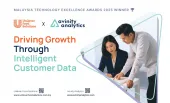









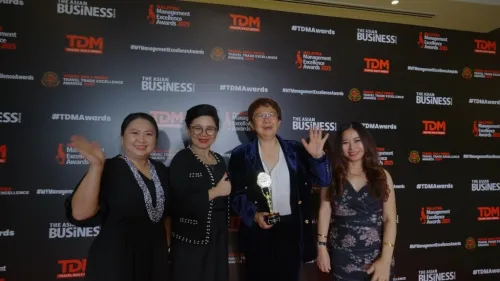
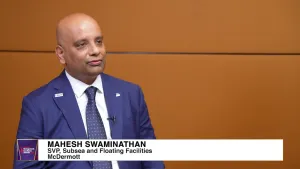
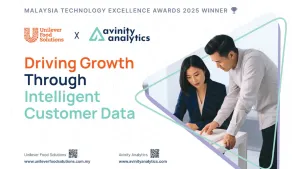
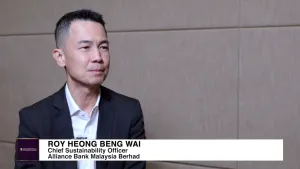
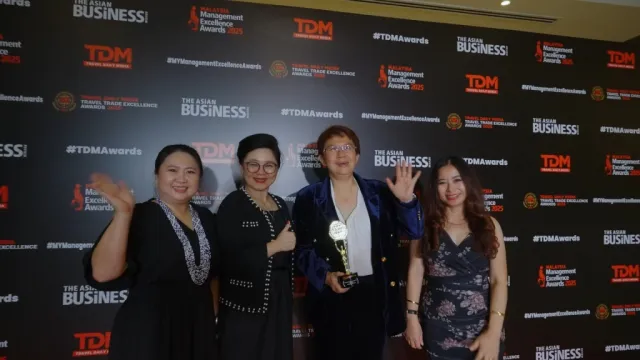

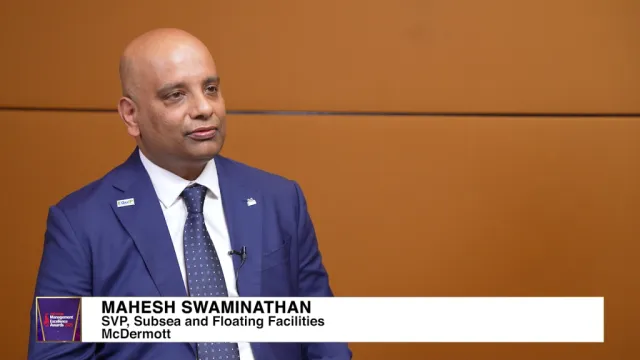
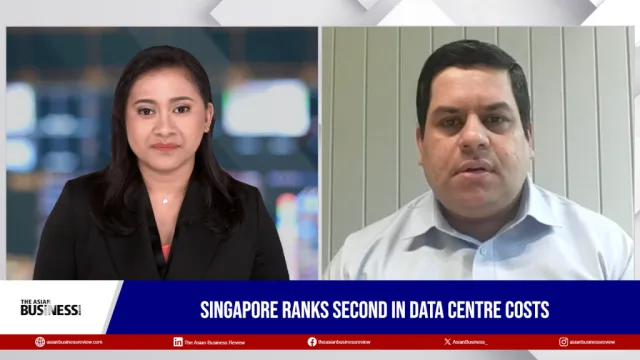

 Advertise
Advertise








